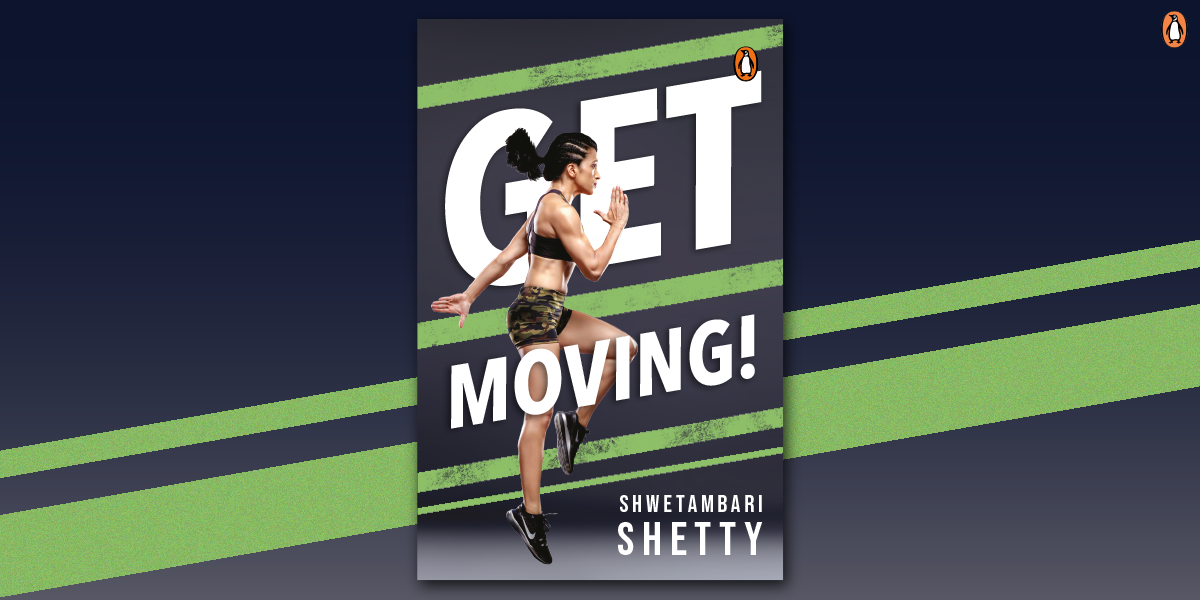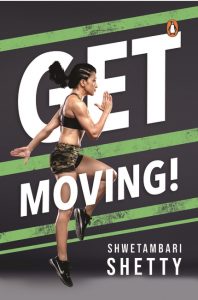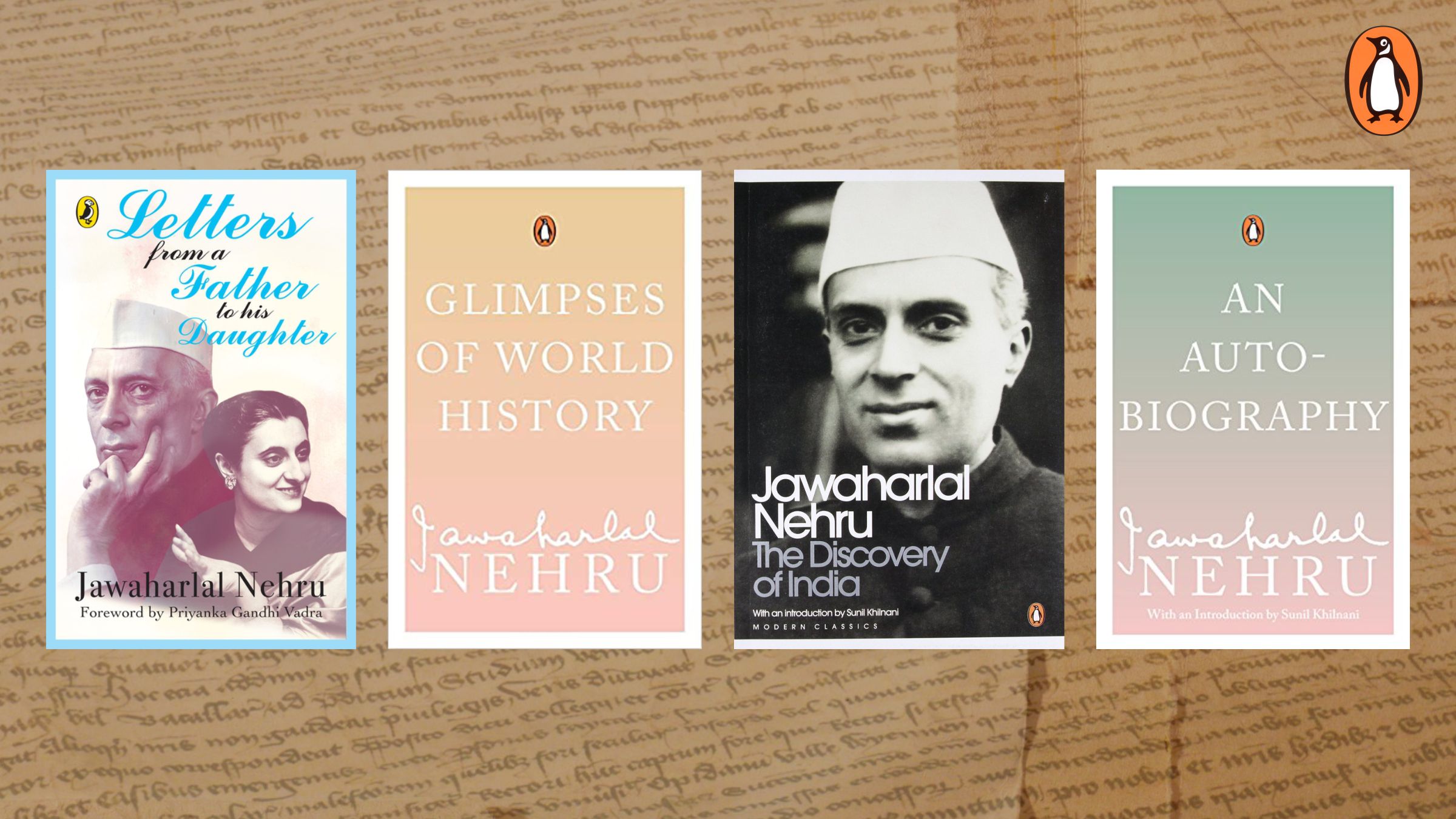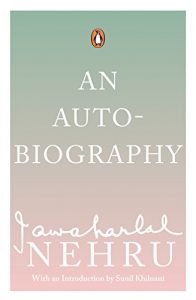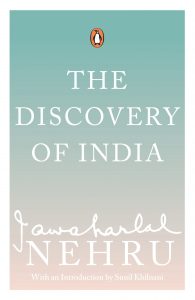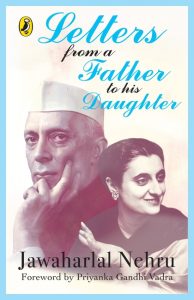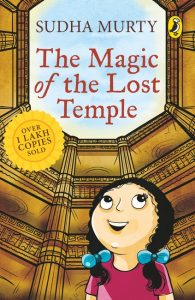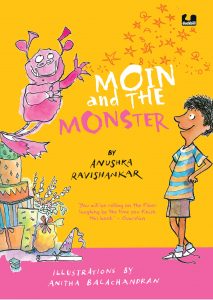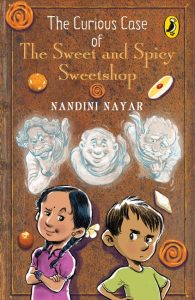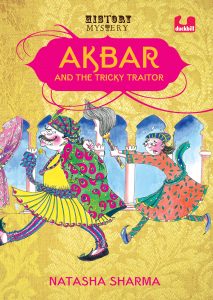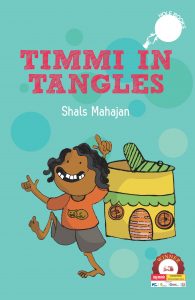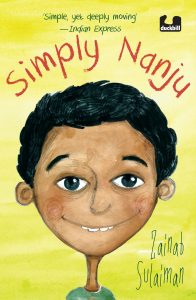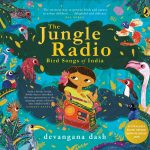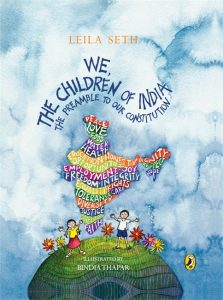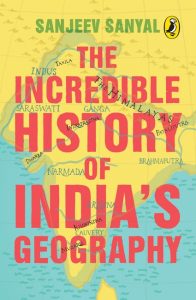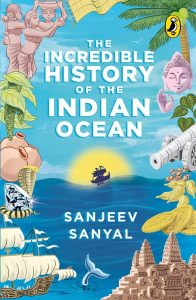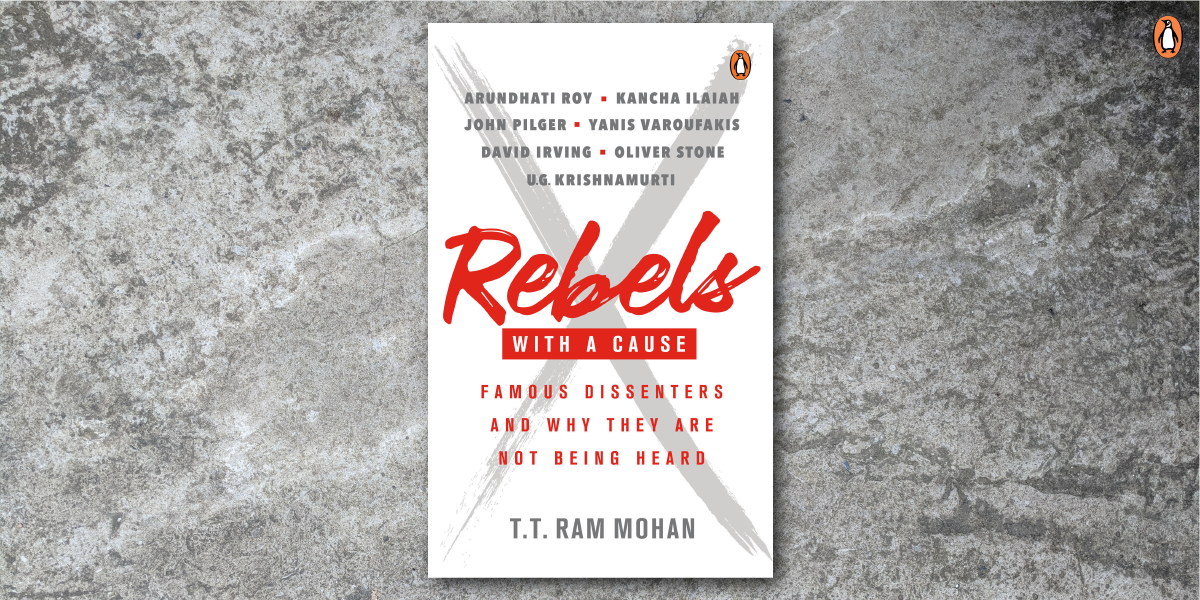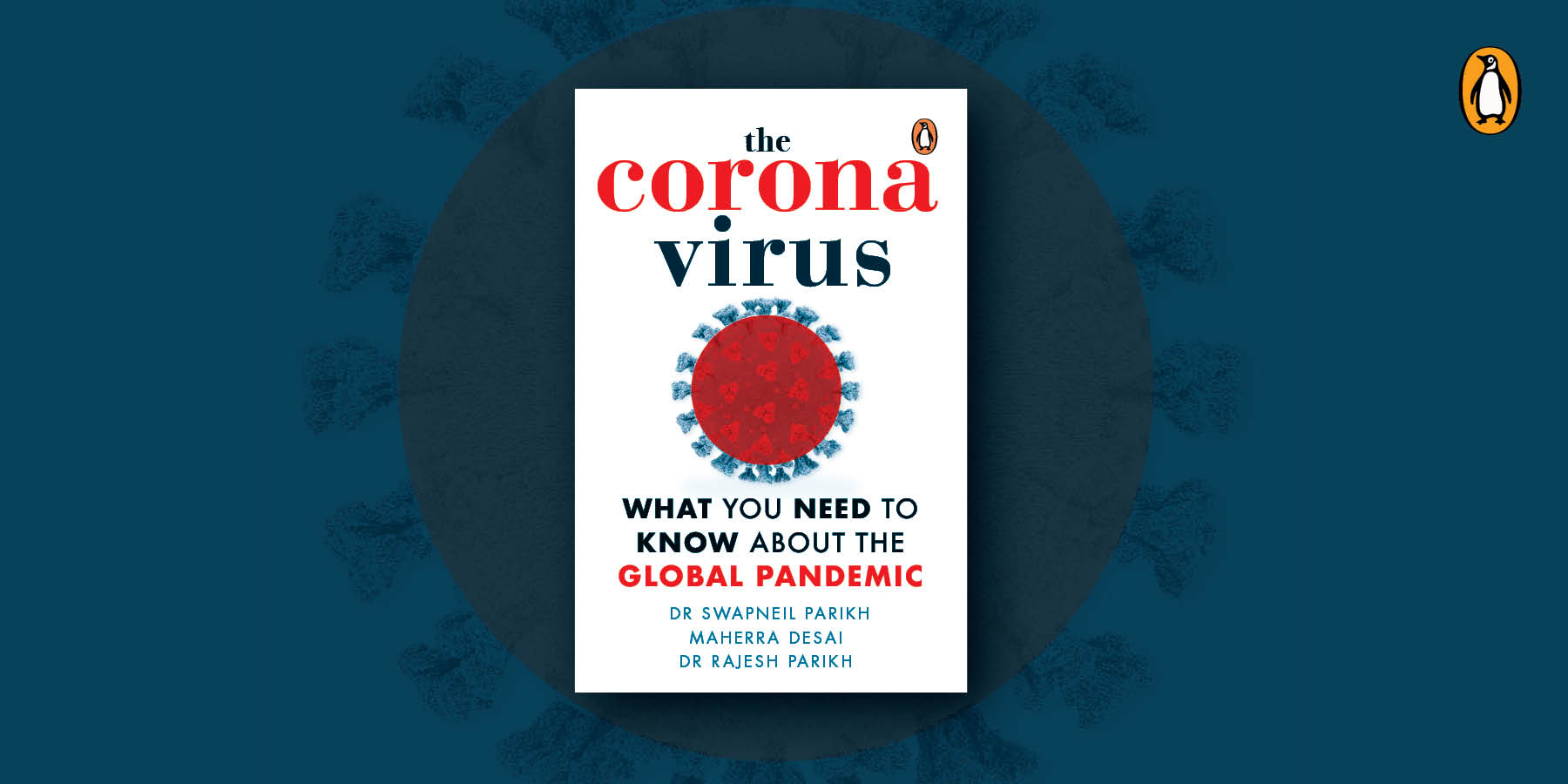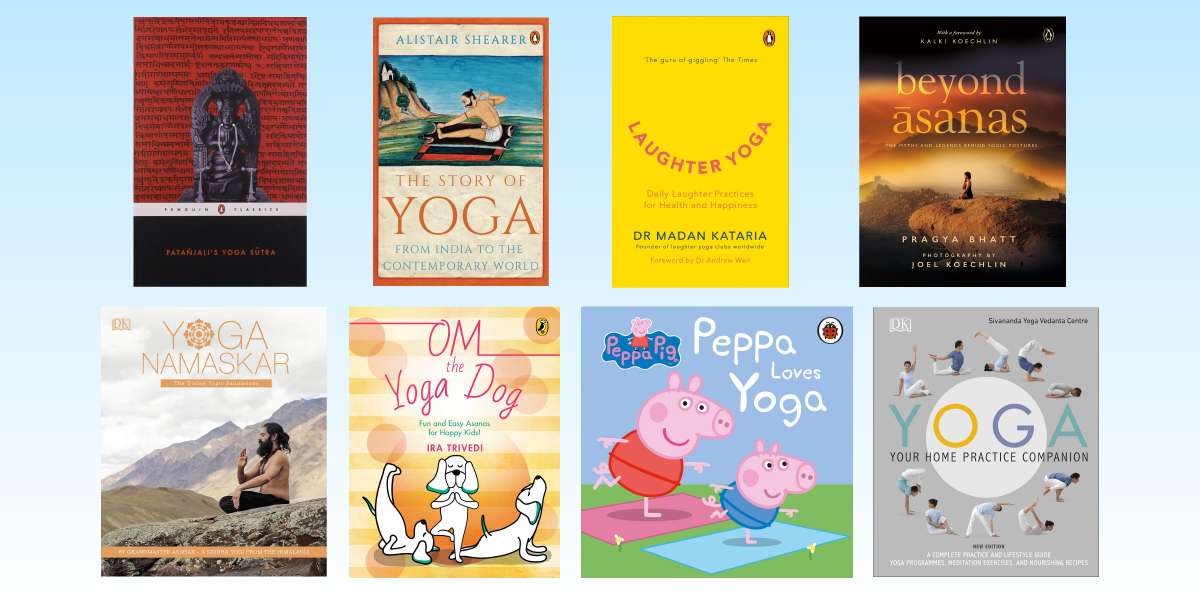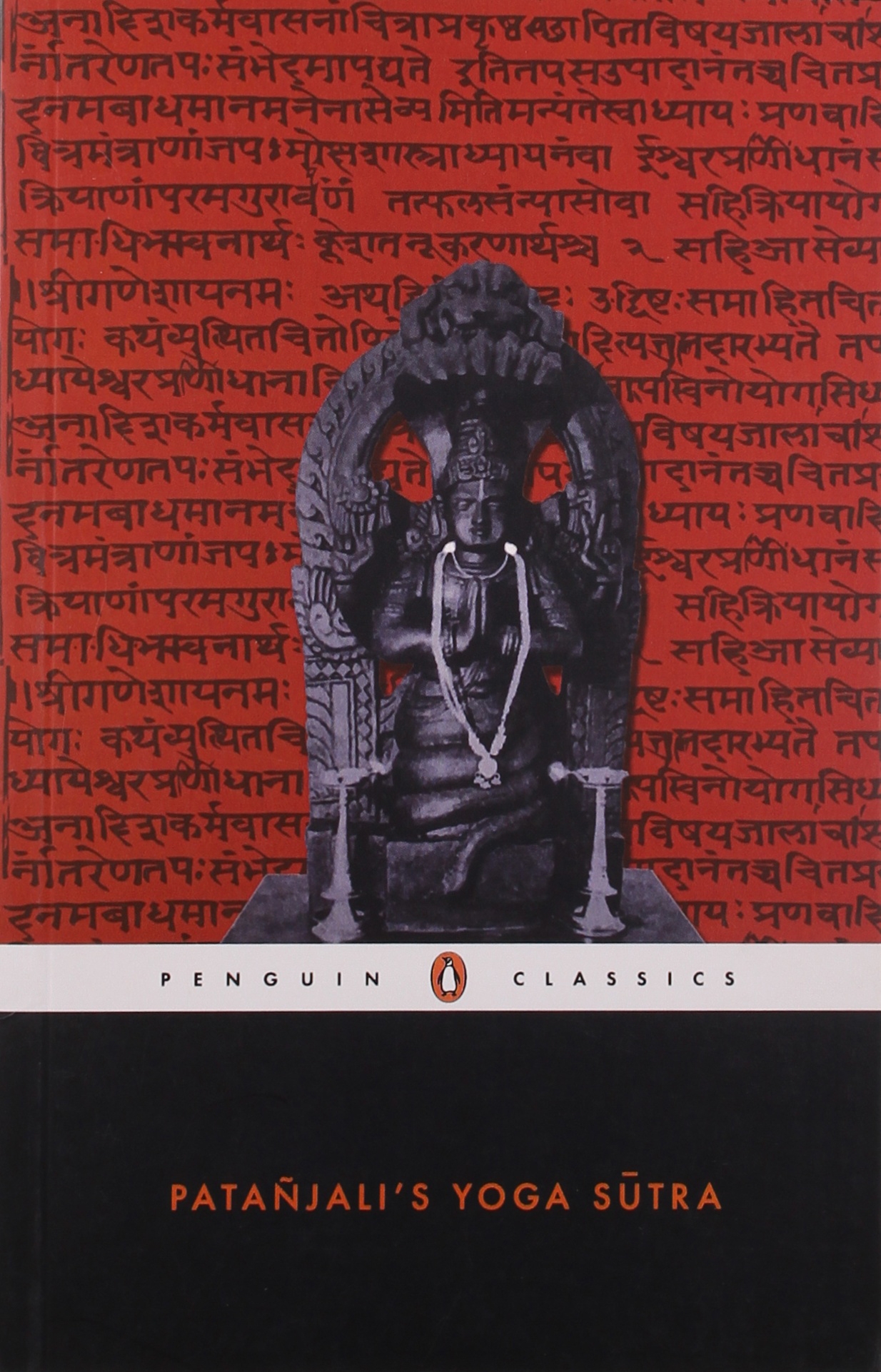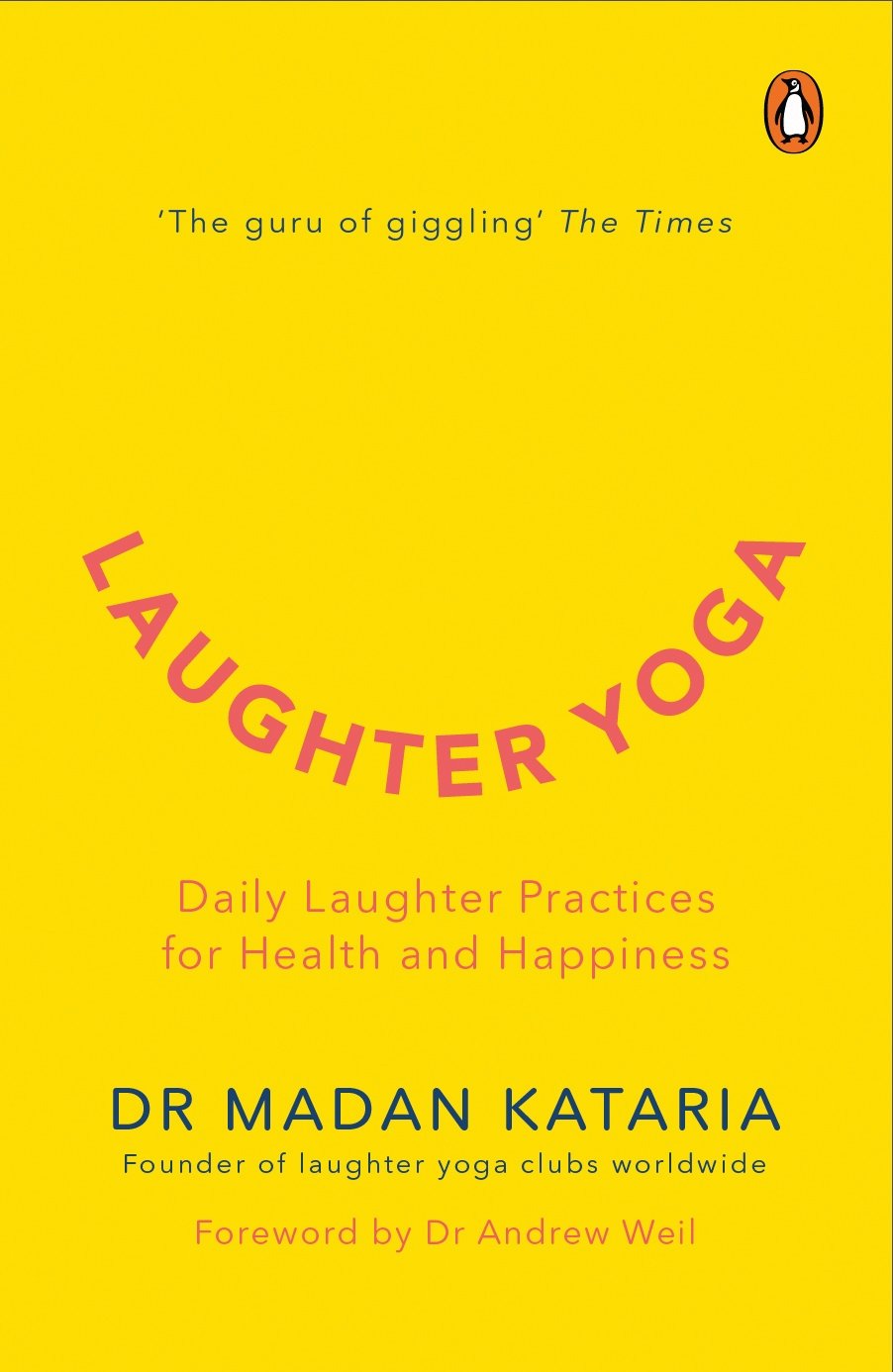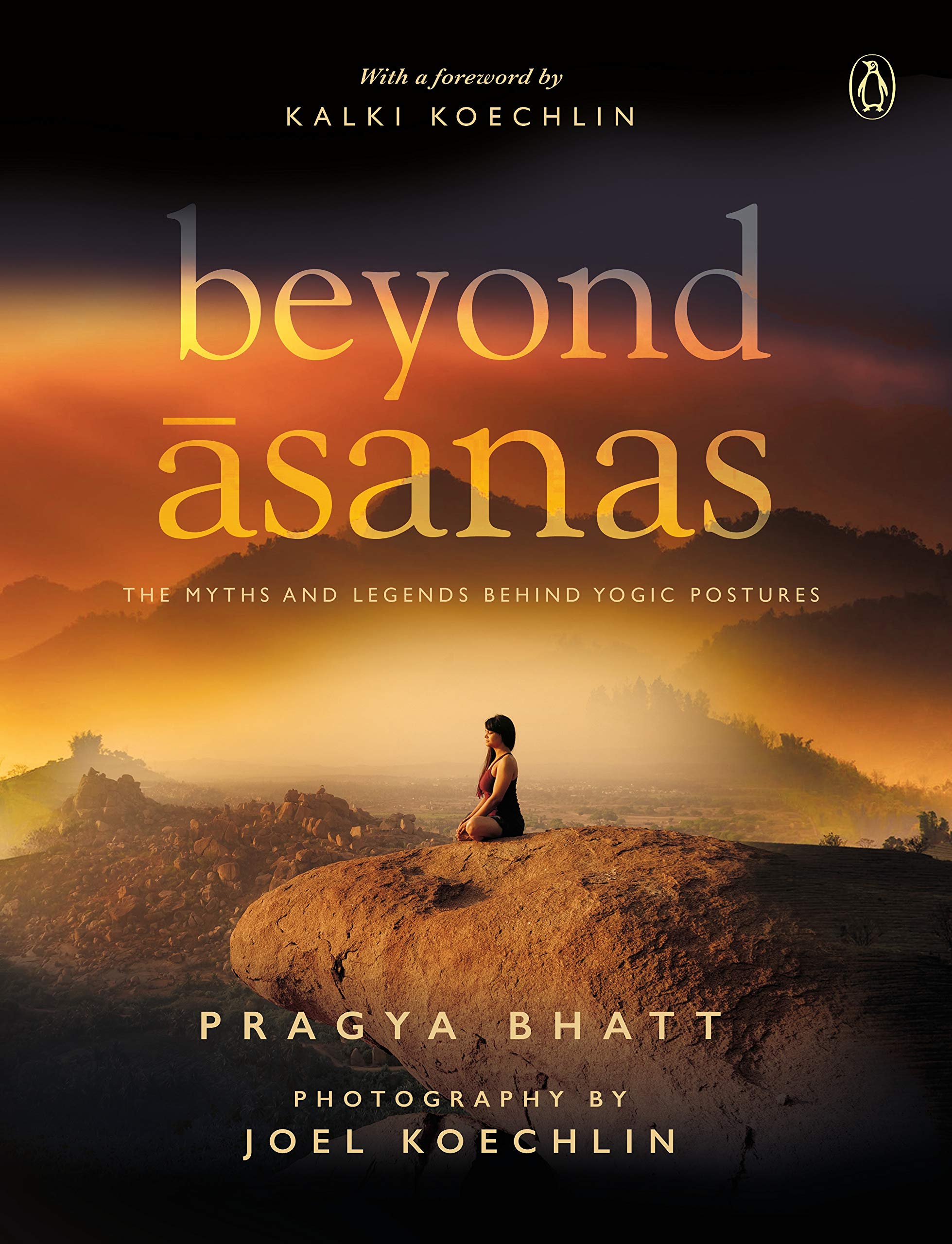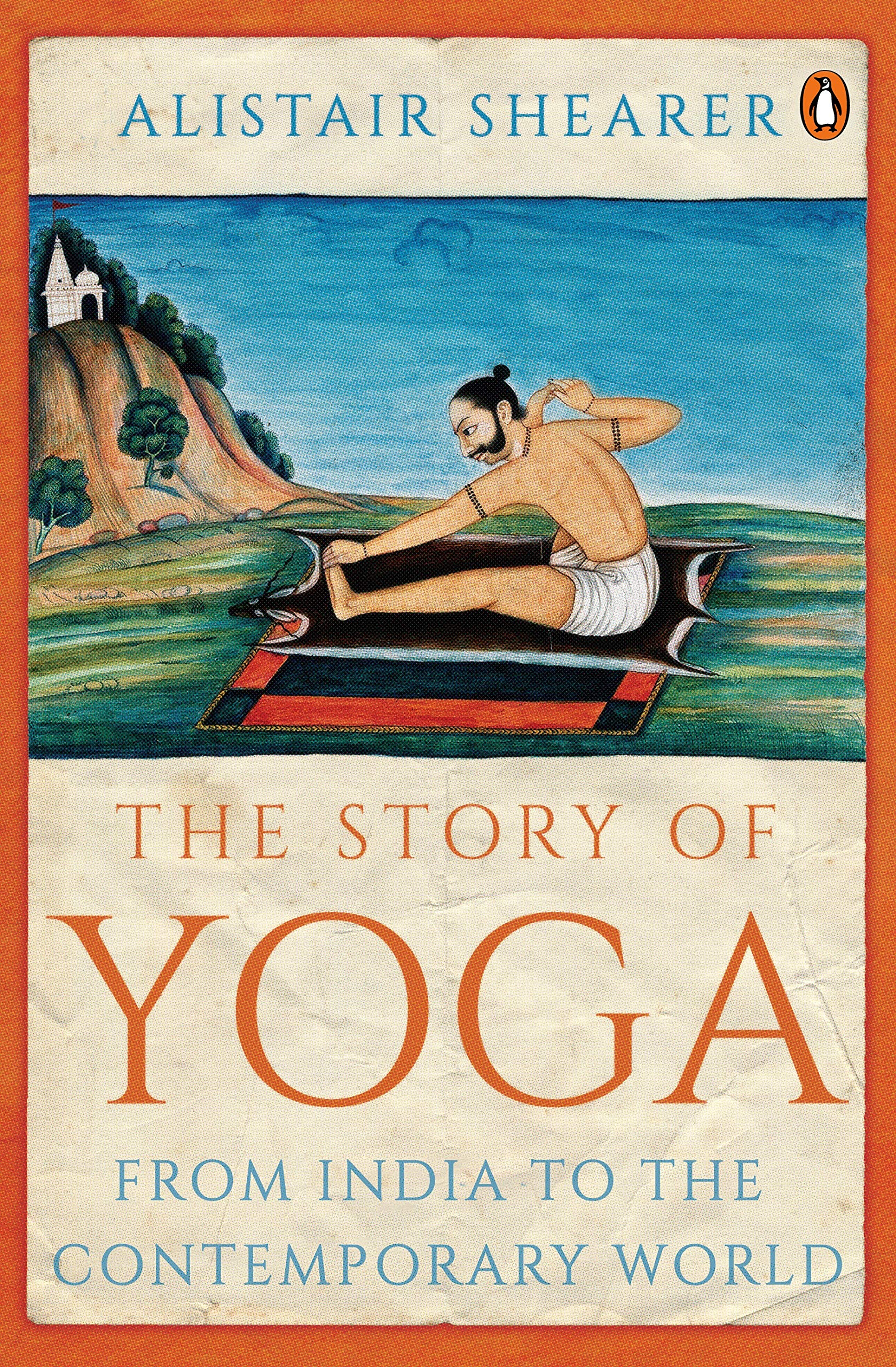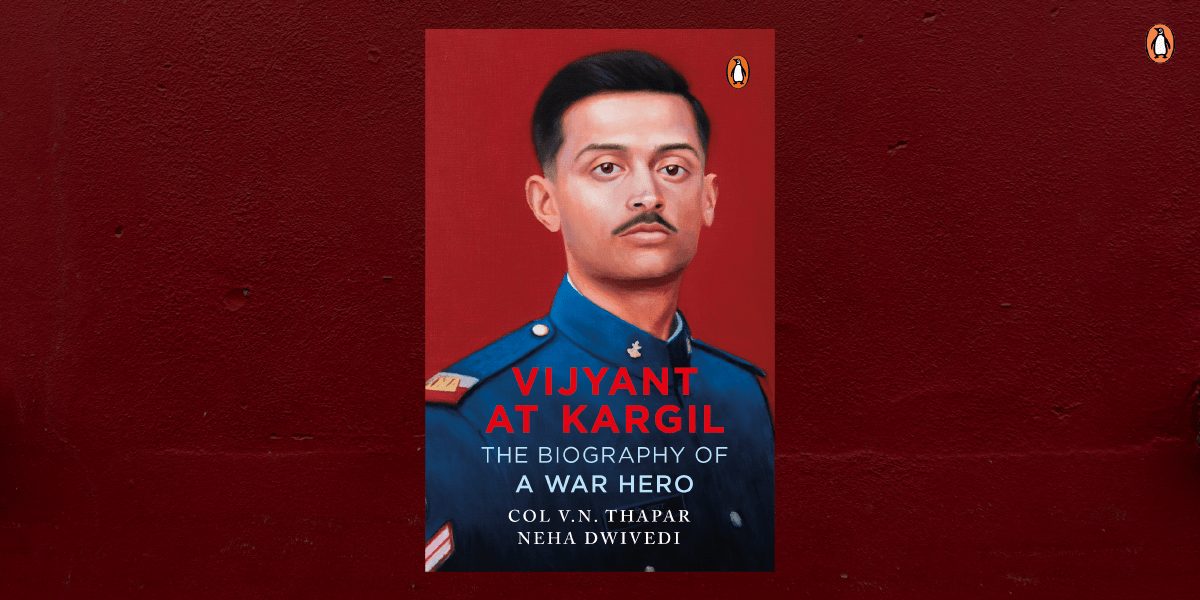Deanne Panday tackles all facets of modern life in her new book, from home-cooked food and finances to spirituality and joy, nudging us towards a holistic approach to wellness. Here is a glimpse into her insights on climate change:
~
The COVID-19 pandemic changed the way we experience life in so many ways. One of the most drastic impacts was on the environment when half the world was forced to stay home, and reduce movement and travel. All those days, I woke up to a clear, blue sky instead of the smoggy, unclear one I’ve gotten used to in the years I’ve lived in Mumbai. With no vehicles on the streets and polluting industries shut, people were able to breathe probably the cleanest air of their lives. It’s a pity it took a life-threatening virus to steer us to a way of life we should anyway strive for.
Our reckless and ignorant attitude towards the environment has brought us where we are today. We are all guilty of willingly choosing the things that convenience us, no matter how much it endangers others. As long as it doesn’t harm us, as long as our needs are met, we’re ready to turn a blind eye to the destruction we leave in our wake. I see children learning about various subjects in school and then spending more hours gaining more knowledge, but yet not enough to change their lives in a way that they can reduce pollution in their surroundings and work to reverse it.
According to the National Green Tribunal, more than 60 per cent of sewage generated by urban India is untreated and enters water bodies, such as rivers, making the water in them unfit for consumption.1 We somehow think that whatever we throw away will be cleaned by someone else. It’s an ignorant attitude, and we need to raise our children to be responsible for their own actions. Littering, even if it is a small packet of single-use plastic, doesn’t do any immediate harm, but this attitude is part of the reason we are the fifth most polluted country in the world. People blame it on several things, but it’s never themselves. The power to reverse ecological damage lies with the people, but we often forget the responsibilities that accompany that power.

I learnt a lot more about our impact on the environment when I took up an online course offered by Harvard University during the lockdown. I discovered just how badly we have abused our planet without realizing that we have abused ourselves in the process. Working out regularly and eating healthy can mean very little when the air we breathe is of poor quality. We are all partly responsible for that unbreathable air. By not taking care of the environment, we are endangering the lives of our children and our grandchildren. If you’re as old as I am, think back to your childhood. Wasn’t the environment much cleaner then? In just thirty to forty years—barely a blip when we consider the age of the Earth—we have damaged our planet to such a grave extent that we, along with other living creatures, are all struggling to live. If just a few decades can do this, imagine how bad it will be in the next couple of decades. I shudder at the thought.
That is why I decided to include this chapter in my book. Turning a blind eye towards climate change does not make you immune to it. I hope better awareness will help you take a step towards a better life for yourself and the coming generations.
…While governments need to bring out drastic changes in policy to go green, on an individual level there is a lot we can do too. After all, when a toxic environment can affect our health so badly, how can we not make changes to our lifestyles? We can all contribute in the simplest ways, whether it is by walking or hopping on to a bicycle instead of taking the car to places that are close to us. Not only will this result in more exercise, but it will also ensure the air we breathe is cleaner.
A clean environment is one of the vital foods of a balanced life. As we work internally and externally on making ourselves happier and our lives more fulfilled, we also have to be mindful that our existence doesn’t impact the world adversely. After all, all that we do today affects our children’s and grandchildren’s lives in the future. I don’t want my loved ones to struggle to breathe clean air because of our ignorance and mistakes. Do you?
… I strongly believe that once our mindset changes, everything else will follow. In school and college, we’re taught about finance, science and history, yet spreading knowledge about the environment is overlooked and treated as less significant. We are raising our children to be intelligent enough to hold top rankings in prestigious universities around the world but ignorant of how the world is inhabited, polluted and taken for granted. For every action, there is an equal and opposite reaction. It’s time we inculcate respect for the planet in our lives rather than just our test papers and studies, and understand that every negative action of ours has an equal or more drastic effect on our planet. Climate change is more real than ever now. It is time to act.
~
Balance focuses on thirteen key elements that we all need for a happier, healthier life. It is customized to our benefit, and also serves as a guide to managing the deteriorative aspects of our life – anger, stress and dissatisfaction.








